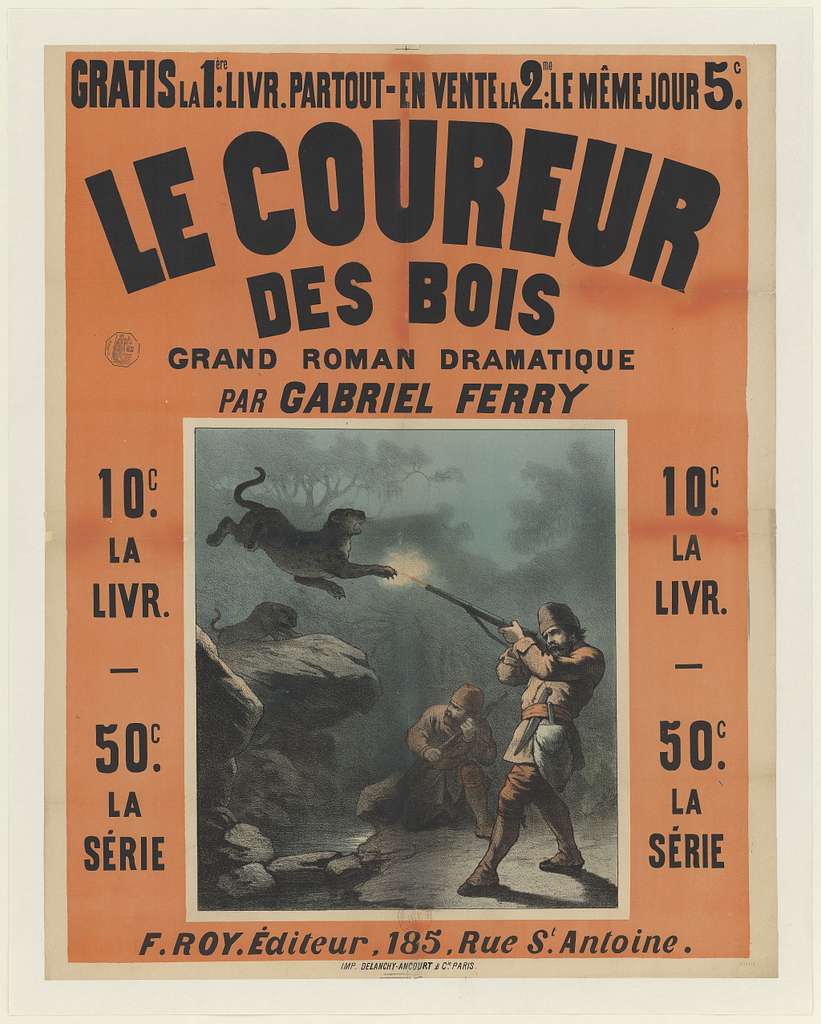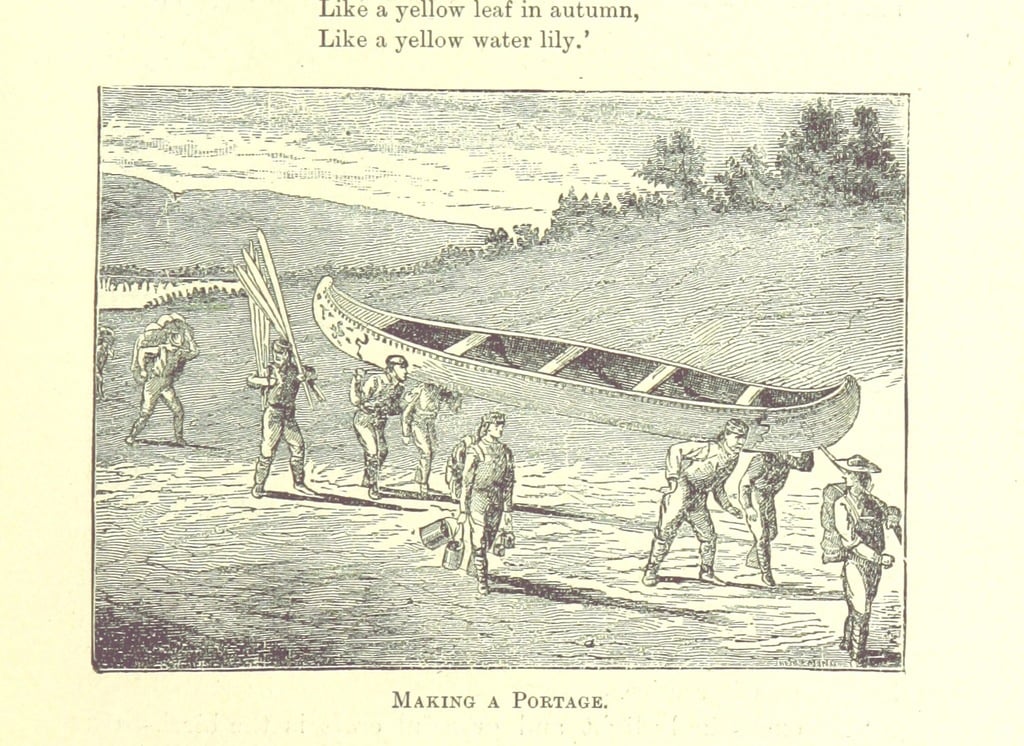
Searching for Coureur des bois
This document is being built (come back it is changing)
Further (in-depth) Research:
While a single, definitive list of all Coureurs de bois might not exist (due to the nature of their activities), there are resources that can help you identify them. It’s a matter of piecing together information from various sources.
Here’s a breakdown of where to look and what to consider:
1. “Dictionnaire biographique du Canada” (Dictionary of Canadian Biography – DCB): This is an excellent starting point. While it doesn’t list every Coureur des bois, it includes entries for many prominent ones. These entries often provide details about their activities, families, and locations, which can lead you to further information. (Search the DCB online.)
2. Notarial Records (BAnQ): These are crucial. Contracts, land grants, wills, and other notarial documents often mention individuals involved in the fur trade, including Coureur des bois. Search for records related to specific regions or time periods where you suspect your ancestors were active. The BAnQ is the key repository.
3. “Les Coureurs de Bois” by Marcel Giraud: This book, while not a simple list, is a foundational scholarly work on Coureurs de bois. It provides historical context and mentions many individuals involved in the fur trade. (Check libraries or used bookstores.)

© Public Domain
4. “Dictionnaire généalogique des familles canadiennes” by Cyprien Tanguay: Tanguay’s genealogical dictionary, while primarily focused on families, can be helpful. If you know the name of a Coureur de bois, you might find their family connections listed, which can lead to other individuals involved in the fur trade.
5. “Recherches sur les coureurs de bois” by André Lachance: This book explores the lives and activities of Coureurs de bois and may contain names and details.
6. Local Historical Societies: Societies in areas where the fur trade was prominent might have compiled lists of early settlers or traders, some of whom would have been Coureurs de bois.
7. Fur Trade Company Records: If you can access records from fur trading companies (like the Hudson’s Bay Company or the North West Company, though these are later), they might list individuals involved in the trade, including some who might have started as Coureurs de bois. (Access to these records can be challenging.)
8. Academic Articles and Journals: Scholarly articles on the fur trade, early Canadian history, or Indigenous-French relations might mention specific Coureurs de bois. Use academic databases like JSTOR or Project MUSE to search.
9. Genealogy Websites (with caution): Websites like WikiTree or Ancestry.com might have information about Coureurs de bois families, but always verify this information with primary sources.
Tips for Searching:
- Be specific: If you know a region or time period, focus your search there.
- Use variations of names: Spellings varied, so try different versions.
- Look for related terms: Use terms like “fur trader,” “voyageur,” “trapper,” “engagé” (hired man) in your searches.
- Be persistent: Finding information about Coureurs de bois often requires patience and detective work.
By combining information from these sources, you can start to build your own list or identify specific individuals you’re researching. It’s a challenging but rewarding process!
Do you benefit from our articles and resources?
Your support, through donation or affiliate usage, allows ManyRoads to remain online.
